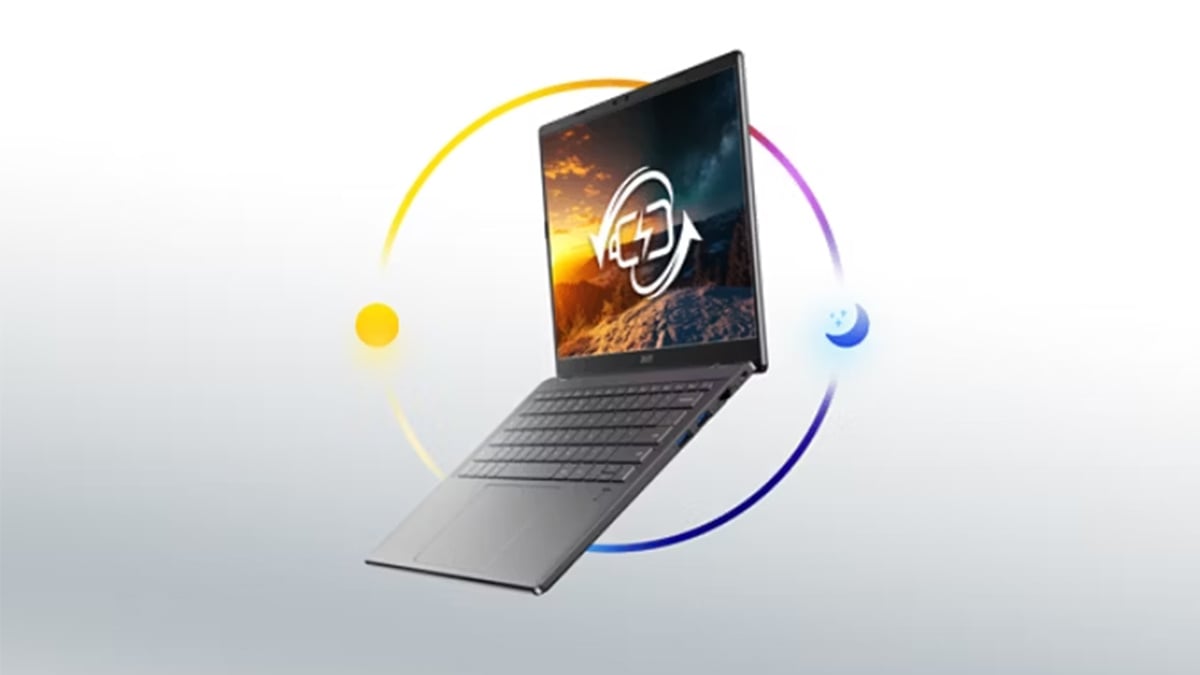
Occasionally, Chromebooks might display a black screen known as the ‘black screen of death’. This article will explore why the black screen occurs and how to prevent and fix it. A black screen on a Chromebook can be concerning, especially if you have an important meeting or deadline. However, understanding what you can do if your Chromebook screen goes black will help you troubleshoot and get your device up and running again.
Why is my Chromebook screen black?
A Chromebook black screen of death is similar to the blue screen of death (BSOD) experienced by some Windows devices. One major difference is that a BSOD usually involves an error message, whereas a black screen on a Chromebook may be due to low brightness, overheating, battery issues, a hardware failure, or a broken screen. Chromebook users could also encounter issues like a black screen after logging in, random blackouts during use, or issues turning on the device.
How to prevent the Chromebook black screen issue?
Finding ways to prevent the black screen of death may help to avoid more serious issues further along the line. Preventative measures such as ensuring the device is properly charged, well-ventilated, and shut down correctly after use could help prevent the Chromebook black screen.
How to fix a black screen on Chromebook?

Try not to panic if your Chromebook screen goes black as it may be something fixable. The following tips may be all it takes to bring your Chromebook back to life again.
1. Force a hard reboot
A hard reboot might be enough to get your Chromebook running smoothly. It is impossible to hit the restart button if the screen is black, so forcing a hard reboot is the only option. To do this, hold down both the Refresh key and Power button for around 10 seconds. Release the buttons when the Chromebook’s screen or keyboard lights up.
2. Check screen brightness
If the brightness is at zero, then the device screen will go black, mimicking a black screen. Look for the key with a sun on your keypad, and tap it to increase brightness and see if the screen lights up.
3. Plug it in
A Chromebook may be unresponsive if the battery is dead. Try plugging in the device and look out for the light next to the charging port. It should glow when the device is successfully charging, so be sure to check the charger for any issues if it fails to light up.
4. Use an external display
If possible, try connecting an external monitor to check whether a broken screen or a hardware issue is behind the black screen of death. If you can see an image on the new screen but your device screen is still black, then there may be an issue with your Chromebook.
5. Powerwash the Chromebook
If the tips have been unsuccessful thus far, it may be time to powerwash (or factory reset) your Chromebook. Remember to get into the habit of regularly backing up any important files, as they may get lost during the powerwashing process. Follow these instructions to powerwash your Chromebook:
- Press and hold Ctrl + Alt + Shift + r
- Click Restart
- Select Powerwash > Continue
- Follow the steps and sign in with your Google Account
- Set up your Chromebook using the on-screen instructions
6. Reach out to the manufacturer
As a last resort, you may wish to contact your manufacturer to see if your device is still within the warranty period. Acer Chromebook users can consider purchasing an Extended Service Plan to protect against damage and unexpected issues like the black screen of death.
Does the Chromebook black screen of death mean it’s game over?
It can be unnerving when a Chromebook screen goes black, but it is often rectified by checking the screen brightness, connecting the charger, or forcing a hard reboot. Preventative measures such as adequate ventilation and correctly charging the device, can help to avoid the Chromebook black screen of death. Check out Acer’s range of Chromebooks if you feel it could be time for a replacement.
Recommended Products








